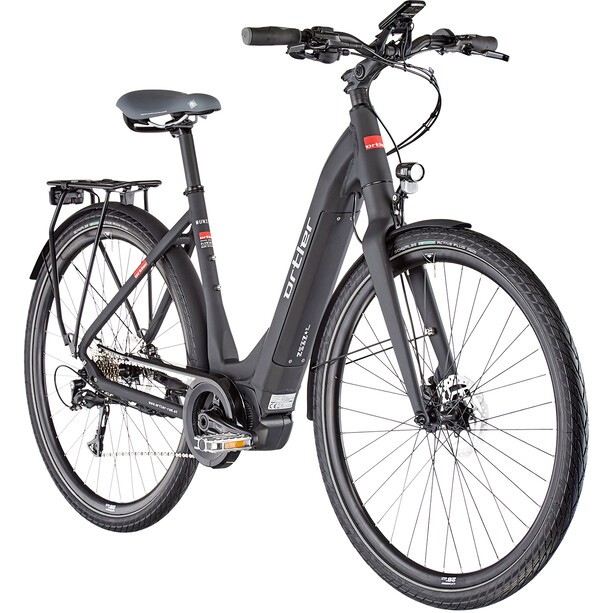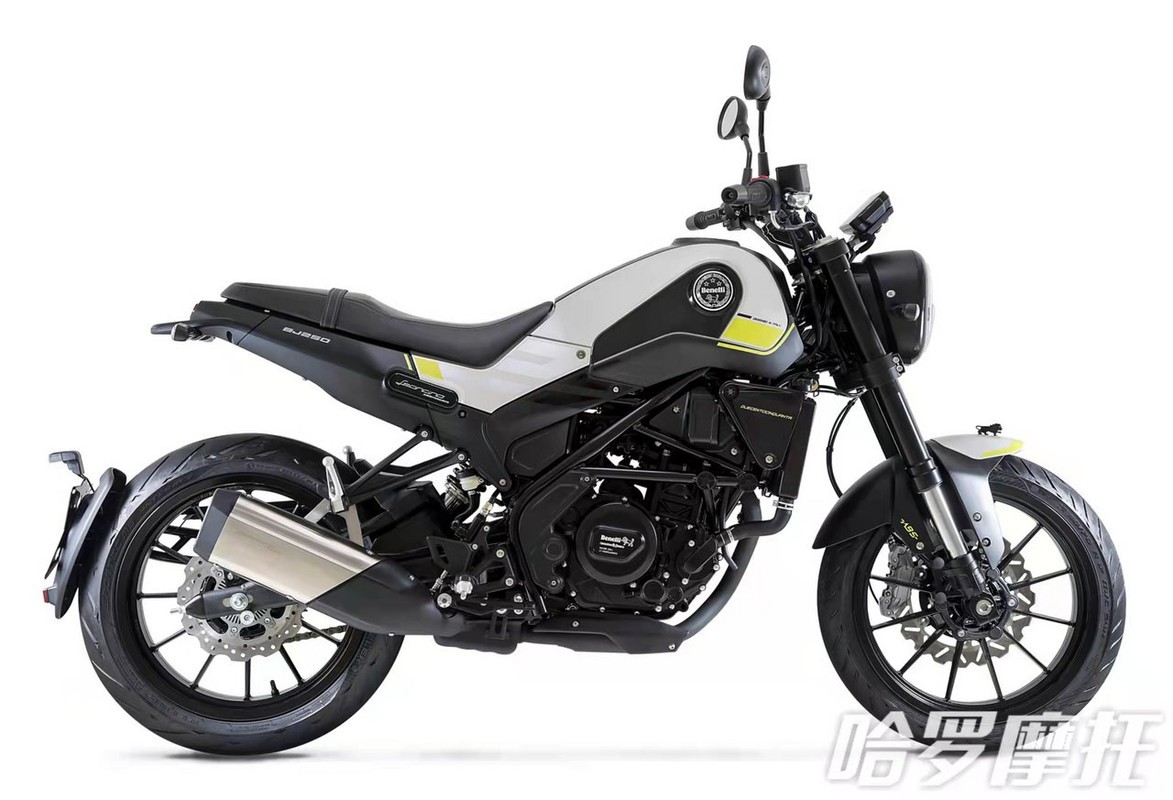
Myths about e-bikes - dispelling uncertainty before buying
Content
- 1. When riding an electric bike, you do not need to pedal.
- 2. An e-bike is an ideal bike only for lazy and elderly people.
- 3. An electric bike is no different from a scooter, and it is expensive.
- 4. Charging the battery is a complex, long and laborious process.
- 5. There is a high risk that the battery will run out while driving and there will be no support at the most necessary moment.
- 6. A driver's license is required to ride an electric bike.
- 7. Batteries in e-bikes require frequent replacement.
- What to look for when choosing an electric bike?
Electric bikes, although over time becoming more and more popular on our roads, it must be admitted that they are still not so common. This is probably largely influenced by the myths that have already developed around e-bikes. Before we start attaching too much importance to them, it is worth taking a closer look at them and verifying their authenticity. So let's take a look at the most common e-bike myths and see if they're actually true.
1. When riding an electric bike, you do not need to pedal.
FALSE. This is one of the most common myths that is not true. Riding an e-bike doesn't mean you have to stop pedaling. Yes, an e-bike includes a lot of amenities, but they are designed to support pedaling, not completely abandon it. An e-bike works differently than a scooter. On an electric bike, you still have to pedal, and after exceeding the speed of 25 km / h, you have to do it, relying only on your own strength. The e-bike user does not need to use electric assistance all the time. He can even turn them off completely while riding and choose to pedal on his own.
If you want to use the assist modes offered in an electric bike, you should know that, as the name suggests, they are not used to completely replace pedaling, but to support it, especially in difficult conditions, for example, for energy-intensive maneuvers or climbing hills. for which it is ideal Electric trekking bike Ortler Munich 7000 Intube Wave.

2. An e-bike is an ideal bike only for lazy and elderly people.
TRUE FALSE. Yes, an electric bike is often chosen by older people, but, firstly, not only, and secondly, this bike is by no means for the lazy. An electric bike is a very practical solution for the elderly, but with the rise of e-bikes Everyone wins, even the youth. It is not difficult to imagine a person who, although returning tired from work, would like to actively spend time in the fresh air, without having the strength for too much physical effort? Or someone who wants to be eco and not necessarily drive or bus to work?
As already mentioned, electric bycicle, despite the support offered, still requires the use of leg strength. In order for the electric assistant to work at all, footwork is required, thanks to which the battery will support the cyclist in the ride, but NEVER won't replace it.
3. An electric bike is no different from a scooter, and it is expensive.
TRUE FALSE. Contrary to what many people think, an electric bike is not the same as a scooter. It differs from it in many aspects. A scooter has no pedals, is much heavier than an e-bike, and requires vehicle registration and purchase of insurance to ride. In addition, the fundamental difference between vehicles is that the scooter does not have pedals, but only a throttle with which it is set in motion. Even if we compare e-bike With an electric scooter, the main differences between both types of vehicles appear at first glance. Firstly, e scooter due to their weight, they are equipped with much larger and heavier batteries and, according to the SDA, belong to a completely different category of vehicles. For this reason, unlike e-bikes, scooters cannot be used on bike lanes. Failure to comply with this requirement may result in a severe fine.
When analyzing the cost of buying an e-bike, it should be recognized that it is higher than the cost of buying a traditional two-wheeler. Buying price of a mid-range electric bike is about PLN 10 thousand. If we compare this amount with the amount that we have to spend on a regular bike, then it is not small. However, the purchase of an “electric vehicle” needs to be looked at more broadly, which allows us to realize that the cost of buying an electric bike is incomparably lower than buying a car or motorcycle. In addition, in an era of rising costs for maintaining a car, which includes not only the purchase of fuel (several tens of times higher than the cost of charging a battery in an electric bike), but also compulsory third party liability insurance, the maintenance cost of the electric bike is very low. A full bike battery charge is about 80 grams, which allows you to travel up to 60-100 km.
4. Charging the battery is a complex, long and laborious process.
FALSE. To charge your bike battery, all you have to do is remove it and plug it into a classic electrical outlet. You can easily do this at home. The battery charging time is only about 8 hours. It is recommended to connect the battery for charging in the evening, before going to bed. In the morning, when you get up, the battery will be ready to go again.
5. There is a high risk that the battery will run out while driving and there will be no support at the most necessary moment.
FALSE. Electric bicycles are equipped with a device that informs about the state of charge of the battery. This will prevent you from running out of battery in the least expected situation.
6. A driver's license is required to ride an electric bike.
FALSE. If the electric bike is equipped with a motor with a power of no more than 250 W, then a driver's license is not needed to move it.
7. Batteries in e-bikes require frequent replacement.
FALSE. Lithium-ion batteries, which are equipped with electric bikes, allow you to use them without fail for up to 8 years. Of course, this parameter depends on the specific bike model.
What to look for when choosing an electric bike?
When buying an electric bike, it is worth considering several aspects that affect its further use:
- Battery type and capacity - the best solution is a lithium-ion battery, which is equipped, for example, with an Ortler Bozen Trapez electric bike, and which is much lighter than a gel battery.
- Support range – is expressed in the estimated number of kilometers that can be covered with active assistance. Most often, these distances fluctuate between 40 km and 100 km. One of the bikes with great support range parameters is the Ortler E-Montreux N8 Wave e-bike, which can travel between 70 and 150 km on a single charge.
- our needs – the choice of the type of electric bike should depend on our needs and on what roads we will mainly ride. The most popular types of electric bikes are city bikes and trekking bikes. The reliable Ortler electric bikes are perfect for this role, offering their users exceptional riding comfort and making even commuting a pleasure.

